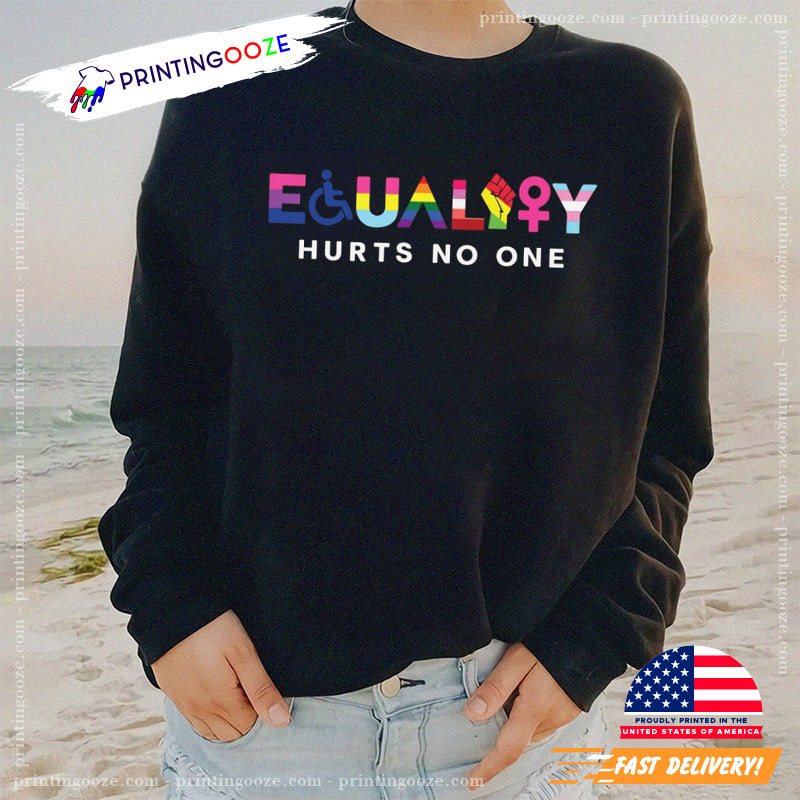Trending
Spotlight on 5 LGBTQ+ Achievements in America
The fight for LGBTQ+ (lesbian, gay, bisexual, transgender, and queer/questioning) rights and equality is a global movement that has made significant strides in recent decades. While progress has been made in some parts of the world, challenges and struggles persist in others. In this blog post, we turn our attention to the global LGBTQ+ movements, shedding light on the diverse efforts, achievements, and ongoing struggles experienced by the community worldwide.
From grassroots activism to legal battles and cultural transformations, LGBTQ+ movements have been instrumental in challenging discriminatory laws, promoting acceptance, and advocating for the rights and well-being of LGBTQ+ individuals. These movements have played a pivotal role in shifting societal attitudes, creating safer spaces, and demanding recognition and equal treatment under the law.

In our exploration, we will highlight notable LGBTQ+ movements and milestones from different regions, acknowledging the unique challenges faced by the community within various cultural, social, and political contexts. By spotlighting these global LGBTQ+ movements, we aim to foster understanding, solidarity, and support for the rights and dignity of all individuals, regardless of their sexual orientation or gender identity.
Marriage Equality
Marriage equality has been a pivotal milestone in the LGBTQ+ movement in America. Prior to 2015, same-sex couples faced legal barriers and discrimination when it came to marriage. However, the landscape changed dramatically with the landmark Supreme Court ruling in Obergefell v. Hodges.
On June 26, 2015, the Supreme Court of the United States declared that same-sex couples had the fundamental right to marry under the Fourteenth Amendment of the Constitution. This ruling legalized same-sex marriage in all 50 states, marking a historic victory for LGBTQ+ rights. The decision was met with widespread celebration and brought immense joy and relief to countless couples who had longed for the same recognition and legal protections afforded to opposite-sex couples.
The road to marriage equality was a long and hard-fought battle. LGBTQ+ activists, organizations, and allies dedicated years of advocacy, education, and legal efforts to challenge discriminatory marriage laws. The momentum began to build in 2003 when Massachusetts became the first state to legalize same-sex marriage, followed by a growing number of states that recognized marriage equality.
Continued Advocacy
Continued advocacy is a fundamental aspect of LGBTQ+ movements in America. Despite significant achievements, such as marriage equality, activists and organizations recognize that there is still work to be done in order to ensure full equality, recognition, and protection for all LGBTQ+ individuals.
One of the key areas of focus for continued advocacy is comprehensive nondiscrimination protections. While progress has been made at the state and local levels, there is a push for federal legislation to establish consistent protections against discrimination based on sexual orientation and gender identity. The Equality Act, for example, aims to address gaps in existing civil rights laws and provide explicit protections for LGBTQ+ individuals in various domains, including employment, housing, education, and public accommodations.
Advocates also work to address the unique challenges faced by transgender individuals. Access to gender-affirming healthcare, legal recognition of gender identity, and protections against discrimination are ongoing concerns. Activists strive to raise awareness, educate the public, and advocate for policies and laws that affirm and protect the rights and well-being of transgender individuals.
Focus on Transgender Rights
Transgender rights have emerged as a central focus within LGBTQ+ movements in America. While progress has been made in terms of visibility and acceptance, transgender individuals still face significant challenges and barriers to achieving full equality and recognition.
Legal recognition of gender identity is another crucial aspect of transgender rights. Many transgender individuals face obstacles in obtaining accurate identification documents that reflect their gender identity, such as updated driver’s licenses, passports, and birth certificates. Advocates strive to streamline and simplify the process for gender marker changes and promote policies that recognize and respect individuals’ self-identified gender.
Transgender individuals also confront discrimination and marginalization in various aspects of life, including education, employment, and housing. Advocacy efforts seek to establish comprehensive nondiscrimination protections at the federal level to ensure that transgender individuals are protected from discrimination based on their gender identity in all areas of public life. These protections aim to create safer and more inclusive environments for transgender individuals to live, work, and learn.
Intersectionality and Inclusion
Intersectionality emphasizes the understanding that LGBTQ+ individuals do not experience discrimination and marginalization in isolation but rather in conjunction with other aspects of their identity, such as race, ethnicity, socioeconomic status, disability, and more. Advocates and activists within LGBTQ+ movements work to address the unique needs and challenges faced by individuals at the intersections of multiple identities.
Efforts toward intersectionality and inclusion within LGBTQ+ movements extend beyond advocacy and activism. They encompass education, allyship, and community building. By promoting intersectional understanding and inclusive practices, LGBTQ+ movements seek to build bridges with other social justice movements and foster solidarity among diverse communities fighting for equality and justice.
Intersectionality and inclusion are critical for creating a more equitable and inclusive society for all LGBTQ+ individuals. By recognizing and addressing the diverse needs and experiences within the community, advocates and activists work towards dismantling systems of oppression and discrimination, fostering greater understanding and empathy, and ensuring that the movement is truly representative and supportive of all its members.
Anti-Discrimination Law
Anti-discrimination laws seek to ensure that LGBTQ+ individuals have equal opportunities in employment, housing, education, and other areas of public life. They aim to prevent discriminatory practices such as firing or refusing to hire someone based on their sexual orientation or gender identity, denying housing or rental opportunities, and excluding individuals from public services or accommodations based on their LGBTQ+ status.
At the federal level, there is currently no comprehensive federal law that explicitly protects LGBTQ+ individuals from discrimination nationwide. However, there have been significant efforts to pass such legislation, such as the Equality Act. The Equality Act aims to amend the Civil Rights Act of 1964 to include sexual orientation and gender identity as protected characteristics, providing explicit legal protections against discrimination in employment, housing, public accommodations, education, and other areas.
While progress has been made in advancing anti-discrimination protections for LGBTQ+ individuals, challenges persist. Some opponents argue against expanding protections on religious grounds or claim that these laws infringe upon their own religious beliefs or freedom of expression. Balancing the rights and interests of different groups remains an ongoing discussion and point of contention.
Conclusion
While progress has been made, challenges remain, and anti-discrimination laws at the federal level still need to be strengthened to ensure comprehensive protections for LGBTQ+ individuals nationwide. Efforts towards education, public awareness, and allyship are essential in fostering a more inclusive and understanding society.

Global LGBTQ+ movements in America serve as a source of inspiration and solidarity for LGBTQ+ individuals and advocates around the world. Their achievements and ongoing efforts set an example for the fight for LGBTQ+ rights globally. By continuing to advocate, challenge prejudice, and work towards equality, these movements contribute to creating a more inclusive and equitable society where all LGBTQ+ individuals are recognized, respected, and protected.


